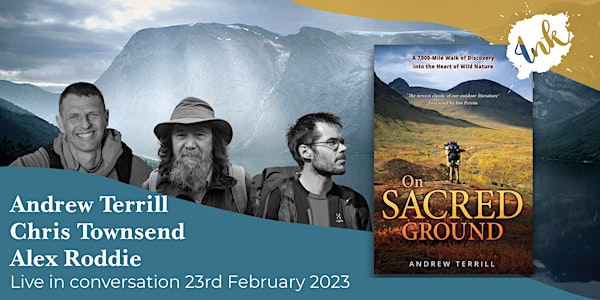Browsing the internet this morning I came across two items in quick succession both to do with signalling in case of an emergency on the hills. There was a huge contrast between them, one being about a very simple and low-tech device, the other a highly complex and very hi-tech one. Reading them set me thinking about emergency signalling devices and what I carry and why.
The first piece was about whistles on ukhillwalking.com by Dan Bailey with input from Mountain Rescue expert David ‘Heavy’ Whalley, who points out that earlier this month a person missing for three days on the Isle of Skye was located by the sound of his whistle. The second piece was in The Guardian and was about a new low-cost device that will allow a smartphone to send texts via satellite.
Low-cost is a relative term of course. You can buy a safety whistle for £3. The Defy Satellite link costs £99 on its own and £149 when bundled with 30 messages a month and an SOS assistance service for the first year, which is much less than other devices that do something similar. There is a button for sending an SOS message but for any other messages you need to link it to a smartphone. Regardless of cost both devices could be lifesavers in the hills.
The Defy Satellite link comes from Motorola, who make the Defy rugged smartphone I reviewed in 2021.
After the whistle the next cheapest signalling device is a torch or headlamp. The light from one of these can be seen from very long distances, far further than the loudest whistle is likely to carry.
With whistle or headlamp the Alpine Distress Signal should be used to call for help - six blasts or flashes repeated every other minute. If responding it’s three blasts or flashes every second minute. And when you receive a response don’t stop signalling as locating your exact position may be difficult.
Whistles should be loud to be effective. Many rucksacks come with whistles built into the chest strap. I’ve tried a few of these and they’re a bit feeble. A standalone whistle is better. Mine weighs all of 10 grams so it’s not exactly a burden to carry.
I’ve carried a whistle and a torch or headlamp ever since I started hillwalking. They’ve been recommended safety items for many decades. I’ve never needed to use the whistle but it’s always to hand. The headlamp is used regularly anyway. The smartphone became part of my kit back in 2010, a satellite communicator much more recently. I currently have, and like, the Garmin inReach Mini, which I reviewed last year. At £350 plus subscription it’s much more expensive than the Defy Satellite link but it also does much more (tracking, GPS location and navigation, email) and can be used as a standalone device as well as with a smartphone.
I’ve ended up then with four signalling devices, all with different advantages. The basics are the whistle and headlamp. These should be in everyone’s kit (and easily accessible). Smartphones are now common but not everyone has one or wants to carry one. Satellite communicators are the latest devices. I’ve had one the last five years.
Some people argue that having such a device detracts from the feeling of remoteness in the hills. I haven’t found it so but would still carry one if I did, not for myself but for the peace of mind of my family. Before mobile phones they accepted that I was sometimes out of touch for days, even weeks, at a time and they had no real idea of where I was. But now smartphones and satellite communicators exist they like to hear from me regularly, even if it's just a simple ‘all Ok’.





















